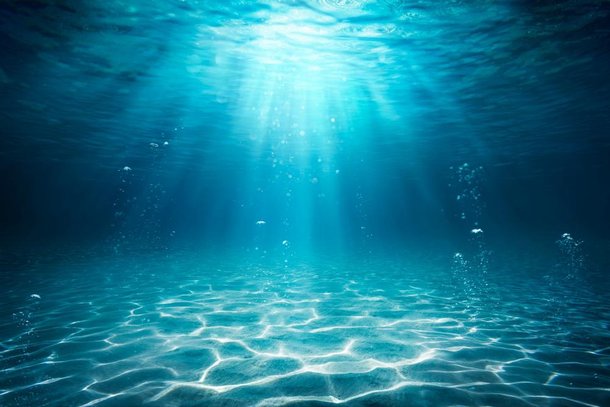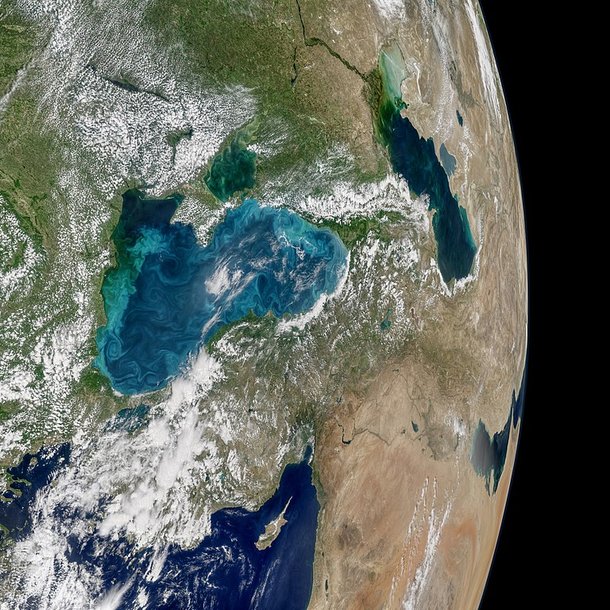A água é uma das substâncias mais abundantes no mundo, estando no cerne do desenvolvimento de civilizações e sendo uma fonte de vida essencial para os seres vivos. E como ela se apresenta em diferentes tonalidades na natureza, a depender do ambiente, há momentos em que surgem dúvidas sobre qual seria, afinal, a cor da água.
Quando falamos de uma água própria para consumo humano, é importante destacar que ela não possui nenhuma cor. E que, além disso, ela apresenta outras características importantes, devendo ser inodora (sem cheiro) e insípida (sem sabor). Ou seja, se ela não se encontra nesse estado, não se trata de água potável.
Mar azul ou mar verde?
Agora, quando a água disposta na natureza apresenta outras tonalidades, a presença de partículas e micro-organismos pode ajudar a explicar o que está por trás disso. Quando falamos da água do mar, por exemplo, ela pode aparecer tanto em tons de azul quanto mais esverdeados.
Também há teorias que sugerem que a água é azul por espelhar o céu, mas a verdade é que isso não é o suficiente para ser um fator determinante. A areia das praias, por sua vez, exerce seu papel, já que quando ela é mais clara e reflete a luz solar, o mar acaba ganhando um aspecto mais translúcido. Já nas áreas mais profundas do oceano, o azul fica mais intenso.
E claro, a ciência tem outra explicação para isso, já que a água, ao absorver os comprimentos de cores que possuem uma maior onda, emitidos pelo sol, acaba por refletir o azul. Outro motivo se dá em virtude da ação de diversos micro-organismos presentes no mar, a exemplo das algas.
 (Fonte: Shutterstock/Reprodução)
(Fonte: Shutterstock/Reprodução)
Inclusive, outros animais, como as baleias, podem mudar essa tonalidade azul para outras cores ao despejar fluídos na água, o que pode causar certo espanto em quem observa essa ação ocorrer.
Quando voltamos nosso olhar para os rios, é comum que eles apresentem uma tonalidade mais turva e próxima do marrom. E isso acontece graças ao processo constante de sedimentação das rochas presentes em seu leito.
 (Fonte: Wikimedia/Reprodução)
(Fonte: Wikimedia/Reprodução)
Muitas cores e muitos motivos
Além disso, quando um rio assume tons azulados ou esverdeados, pode ser em virtude da alta concentração de minerais. No mar, isso pode ser fruto da ação de correntes oceânicas e do movimento das massas de ar, conferindo um aspecto diferente do habitual, ainda que por um período limitado.
Alguns locais também apresentam águas em outras tonalidades, a exemplo do Mar Negro, que
conta com forte presença de partículas que possuem uma coloração mais escura. Mas nem sempre ele ficou como mesmo aspecto.
No ano de 2017, por exemplo, o Mar Negro assumiu a cor turquesa graças à ação dos fitoplânctons, constituindo um fenômeno natural observado do espaço e que surpreendeu por sua beleza, ressaltando o quanto, na verdade, há uma série de elementos que podem atuar e influenciar na visão que temos de lagos, rios e do próprio oceano.
Fonte: MegaCurioso.